Asset management Jira is the key to success. It is the ultimate process that streamlines an organization’s workflow. Let’s find out why.
Ever wondered if your IT devices are as secure as they should be? In our digital era, it’s important to make sure your hardware and software are used appropriately and are well protected, in addition to keeping track of them. This is where Jira and AssetIT come into play, combining to form a potent combination that is revolutionizing IT asset management. Are you prepared to jump right in? Let’s examine how this dynamic pair is changing how we manage our digital assets with Asset Management Jira.
Asset Management Jira Definition
Asset management Jira, or Jira asset management, refers to the methodical process of installing, using, upgrading, maintaining, and disposing of assets in an economical manner. This method is based on the fundamental ideas of IT asset management (ITAM) and IT service management (ITSM), which are concerned with providing and maintaining IT services that satisfy the demands of the company. Most importantly, it occurs within Jira environment.
Learn more here: Jira Asset Management Process
The Power Couple: Jira and AssetIT
Jira, developed by Atlassian, is well known for its powerful project management features. Due to its flexibility and efficiency, it is highly trusted by teams all over the world and excels in tracking, organizing, and prioritizing work. Jira provides tools for agile project management, issue tracking, and project tracking. In the context of Asset Management Jira, it excels at decomposing intricate projects into doable tasks, enabling teams to work together productively and accomplish project objectives.
AssetIT is an IT Asset Management tool specifically designed to complement and enhance Jira’s functionalities. It bridges the gap between IT asset management and project management, providing a unified platform for tracking and managing IT assets within the familiar interface of Jira. Through its integration with Jira, AssetIT ensures that assets are tracked and managed in tandem with project tasks, bringing ITAM principles right into the project management process. The ability to manage IT services seamlessly and connect assets with service delivery and support within the Asset Management Jira framework makes this integration essential to ITSM.
Jira and AssetIT’s integration offers a complete solution of IT asset management for Jira. This includes the capacity to manage inventories, keep an eye on how each asset is being used and performing, track its lifecycle, and make sure it complies with business regulations and industry standards. Organizations can track and manage their assets more efficiently and, within the context of Asset Management Jira, link their asset management strategy with their overall business objectives thanks to the combined strength of Jira and AssetIT.
Why Bother with Permission Management?
Let’s talk about the digital keys to your ITSM age. Permission management in asset management Jira is more than a fancy term; it’s your frontline defense.
- Who Gets the Keys? It’s about making sure only the right people have access to your precious IT assets. You wouldn’t want just anyone rummaging through your digital treasures, right?
- Playing by the Rules: Staying on the right side of the law and industry standards is a big deal. Proper permission management means you’re not just secure, but also compliant.
- Custom Roles, Custom Access: Everyone in your team doesn’t need the all-access pass. Tailoring access based on roles keeps things neat and under control.
- Keeping Tabs: It’s like having a digital logbook. Know who accessed what and when—accountability at its best.
Setting Up Permission Scheme Best Practices in AssetIT
How do you put all this into action? Let’s break down the best practices for setting up permission schemes in AssetIT – asset management for Jira:
- Just Enough Access: Apply the principle of ‘Least Privilege.’ by granting users only the access they need for their specific tasks. This reduces security risks and ensures efficient task performance.
- Regular Health Checks for Permissions: Routinely review and update permissions to align with current roles and projects, similar to regular maintenance for optimal performance.
- Roles Over Names: Assign permissions based on job roles rather than individuals, streamlining access management and adapting easily to role changes.
- Knowledge is Power: Keep your team in the loop about the ins and outs of permission settings. An informed team is a secure team.
Real-World Scenarios: Permission Schemes in the Asset Management Jira Process
Let’s see how permission schemes transform asset management into a real-world performance:
Scenario A: Enhancing Project Security with AssetIT
Imagine a scenario where a mid-sized tech company, with a rapidly expanding team and numerous ongoing projects, faces a challenge. Alex, their IT manager, has noticed a rise in events involving unauthorized team members altering important Jira assets. This not only causes project delays but also risks security breaches and compliance issues.
To address this, Alex turns to AssetIT’s robust permission scheme. Alex sets up strict access controls, in which his team members can only view Jira assets without the ability to edit, delete, import, or export any data. This lowers the possibility of unintentional or unauthorized changes by guaranteeing the security and integrity of project information. By outlining team roles and duties precisely, it also optimizes workflow, creating a more concentrated and effective project management environment.
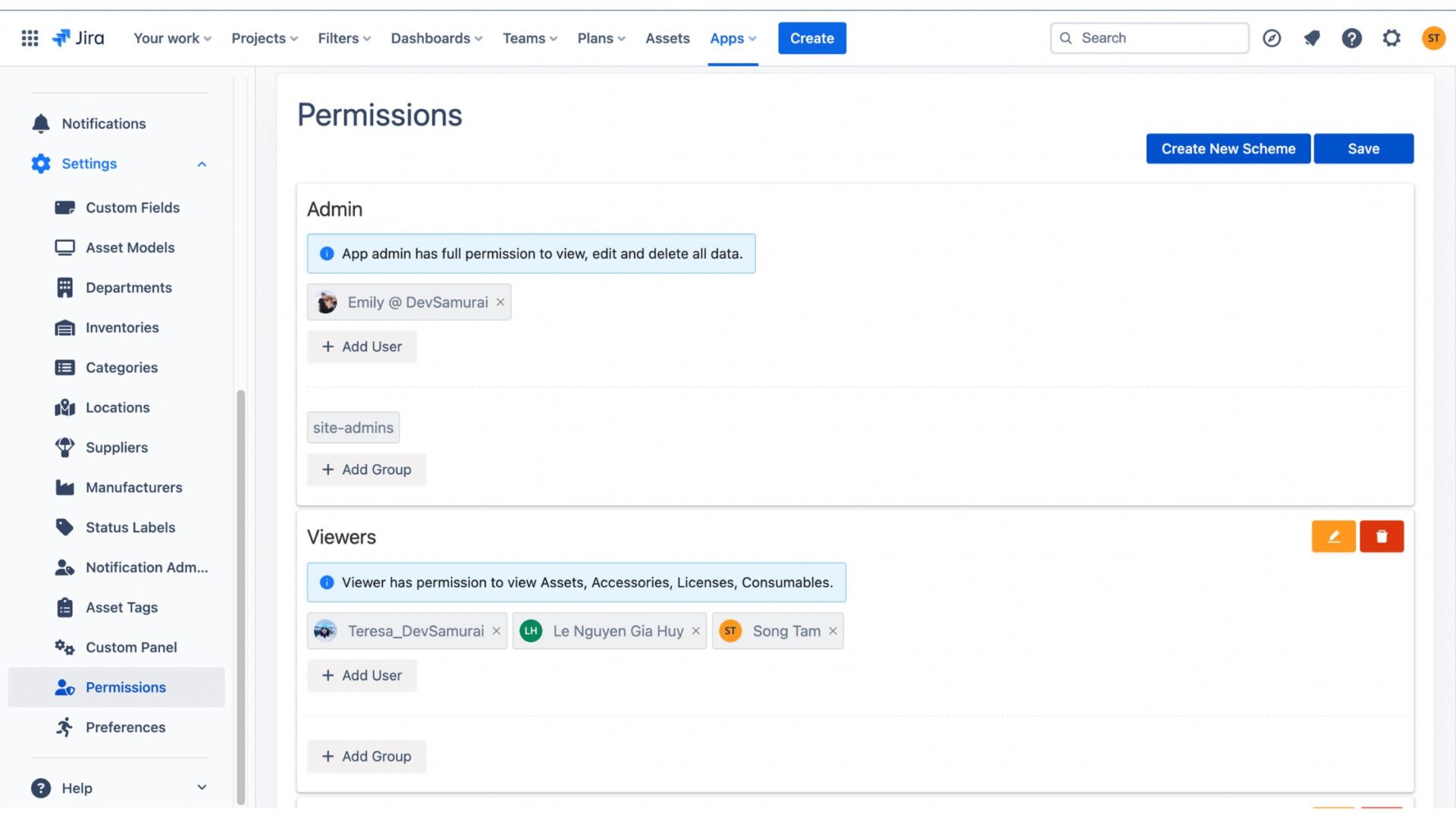
For his assistant, Alex grants permission to check in or check out IT assets that might be booked by users. This empowers the assistant to directly manage the booking system, effectively aiding in the allocation and tracking of IT resources. This delegation not only streamlines the asset booking process but also significantly reduces Alex’s workload, allowing him to focus on other critical aspects of project management and asset security.
Scenario B: Streamlining Communications with Notification Settings
In this scenario, a potential AssetIT user, Sam, an IT project manager, struggles with excessive email notifications from Jira, particularly updates and changes. These notifications are overwhelming for some team members. They have been receiving too many irrelevant messages from the system. This leads to missing or ignoring important updates, not to mention the leak of private information.
Sam finds a solution in AssetIT’s permission and notification settings. By implementing AssetIT, he can fine-tune the notification permissions. This allows him to selectively turn off email notifications for specific team members or roles regarding certain changes in Jira. This targeted approach ensures that team members receive only relevant notifications, reducing email clutter and enhancing focus on critical updates. As a result, the team’s productivity and responsiveness to important updates have improved significantly.
Scenario C: Enterprise Asset Management Jira with Access Control in AssetIT
In this scenario, consider a large enterprise with multiple divisions, each managing its IT assets differently. The challenge is to maintain efficient control while allowing flexibility for each entity.
Using AssetIT, the IT manager, Jordan, implements a sophisticated permission scheme. He categorizes users based on their divisions and assigns permissions accordingly. Each division can only access its specific inventory, ensuring security and order. This setup in AssetIT allows Jordan to streamline asset management across the enterprise while respecting the unique needs of each division.
Wondering what inventory management is? Check this out: Jira Inventory Management: What, Why, and How – AssetIT
Conclusion
Permission schemes in Asset Management Jira aren’t just a nice-to-have; they’re essential for a secure, efficient, and harmonious asset management experience. It’s about making your IT assets work smarter, not harder.
Intrigued? Eager to elevate your asset management game? Take the plunge into AssetIT and see how it can revolutionize your approach to managing IT assets. Don’t just take my word for it – give it a whirl and experience the transformation yourself!
👉 Try AssetIT for free on Atlassian Marketplace
If you have any inquiries or feature suggestions, please visit the Support Desk for prompt assistance.


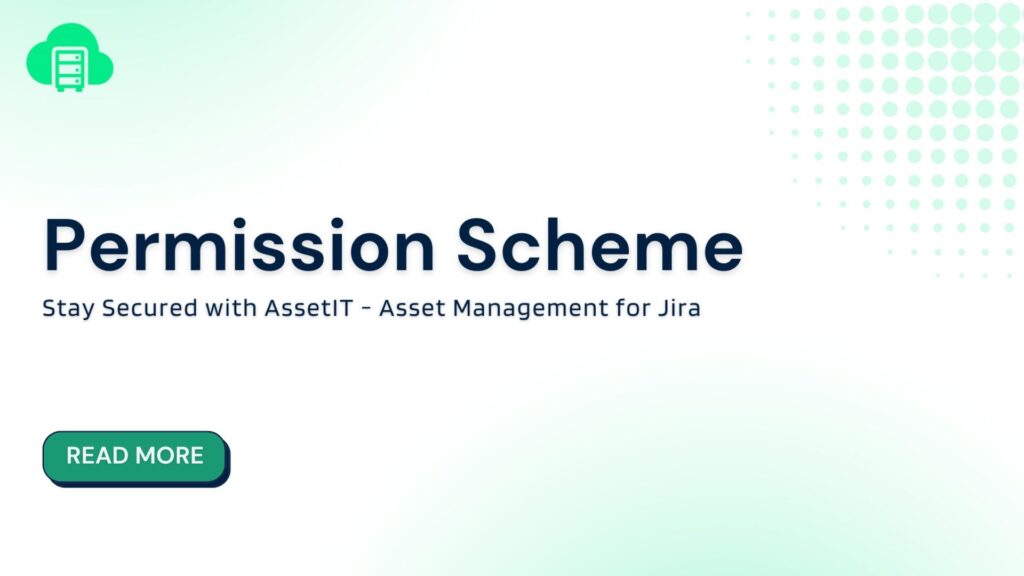


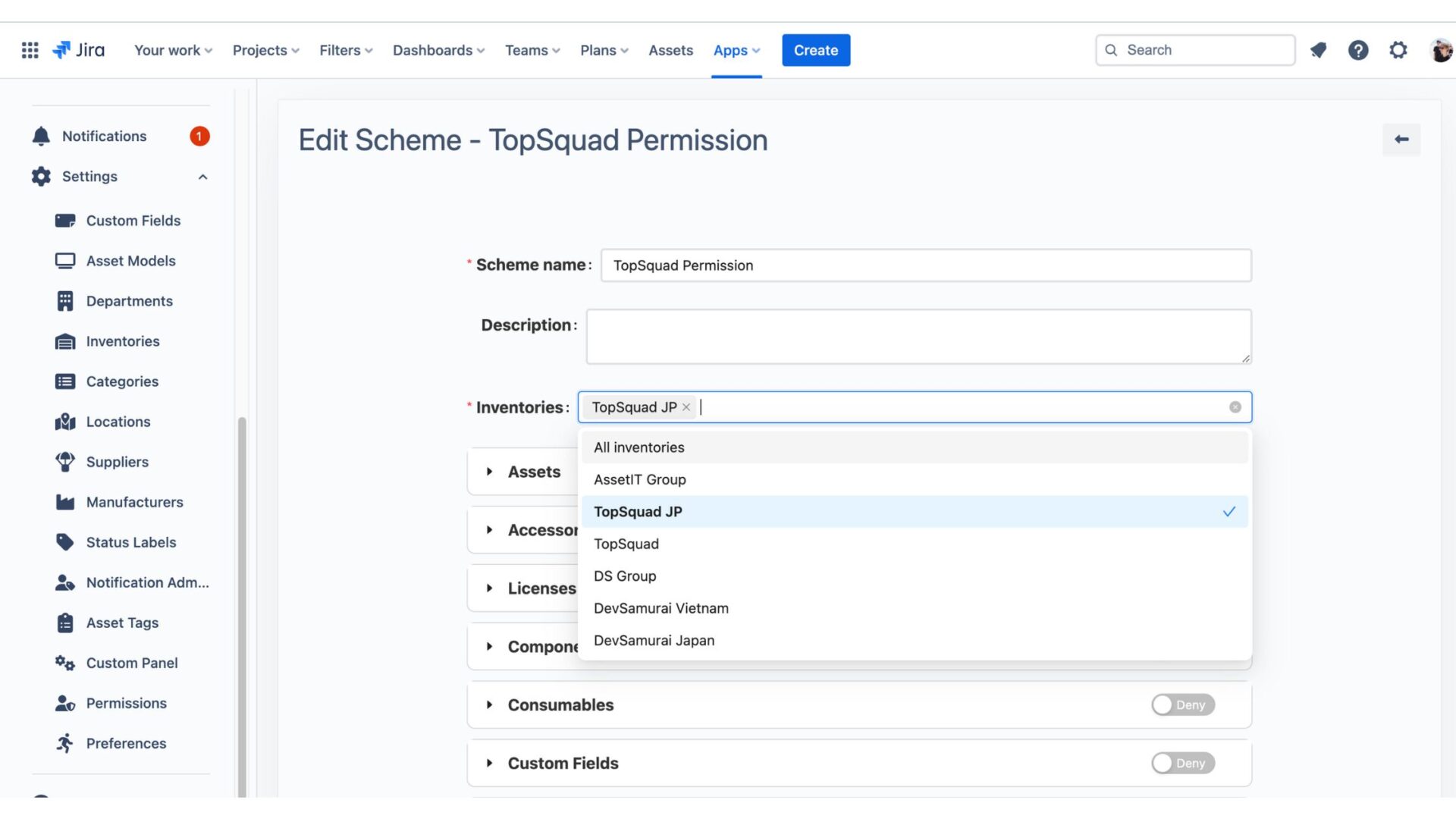
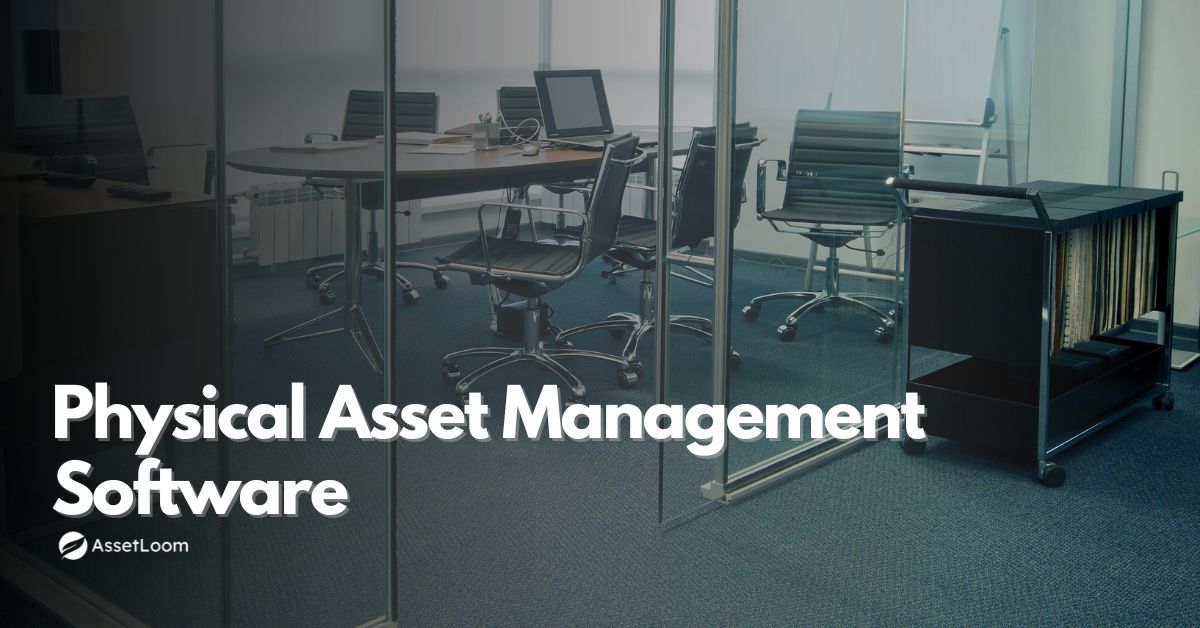

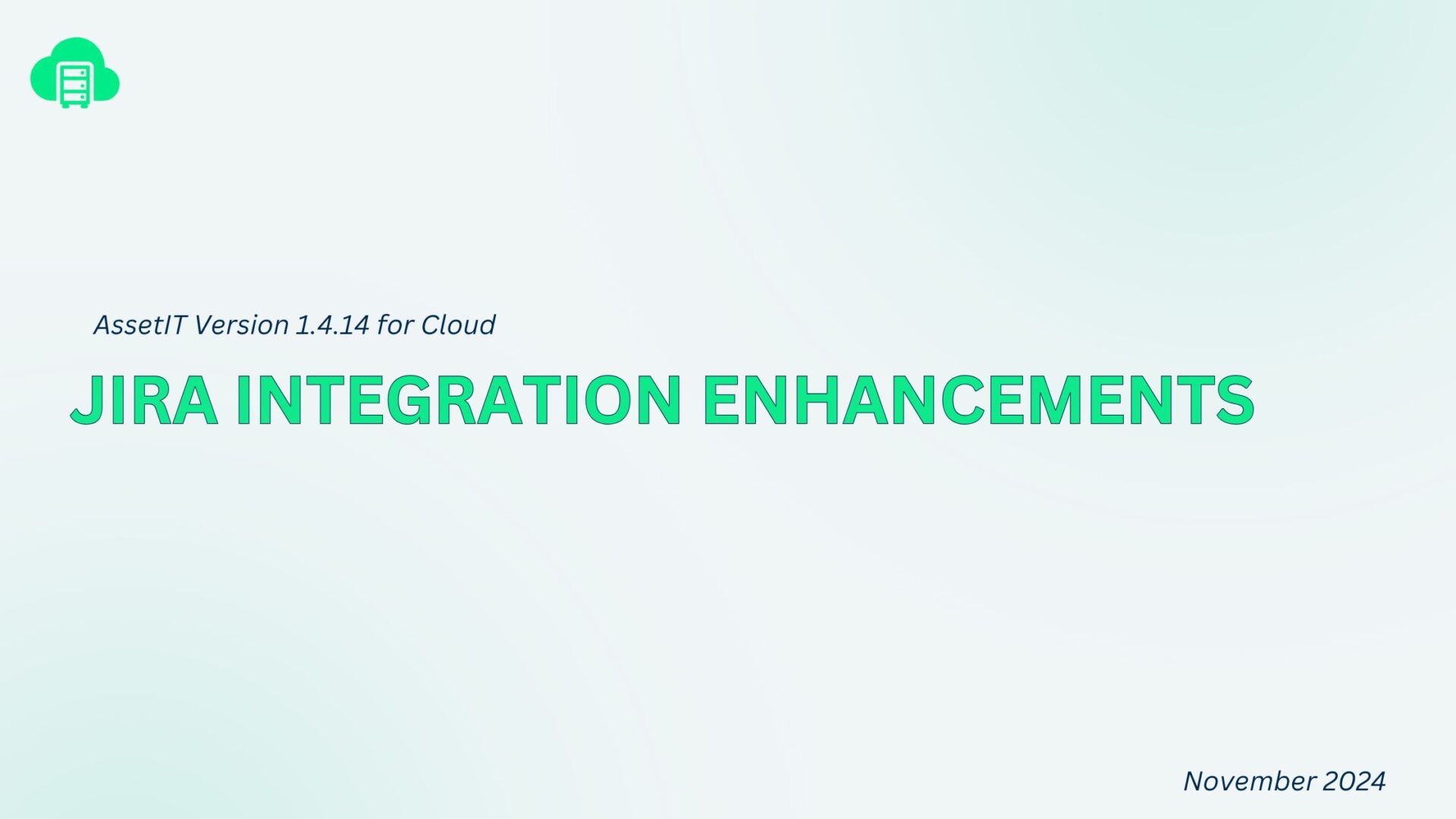
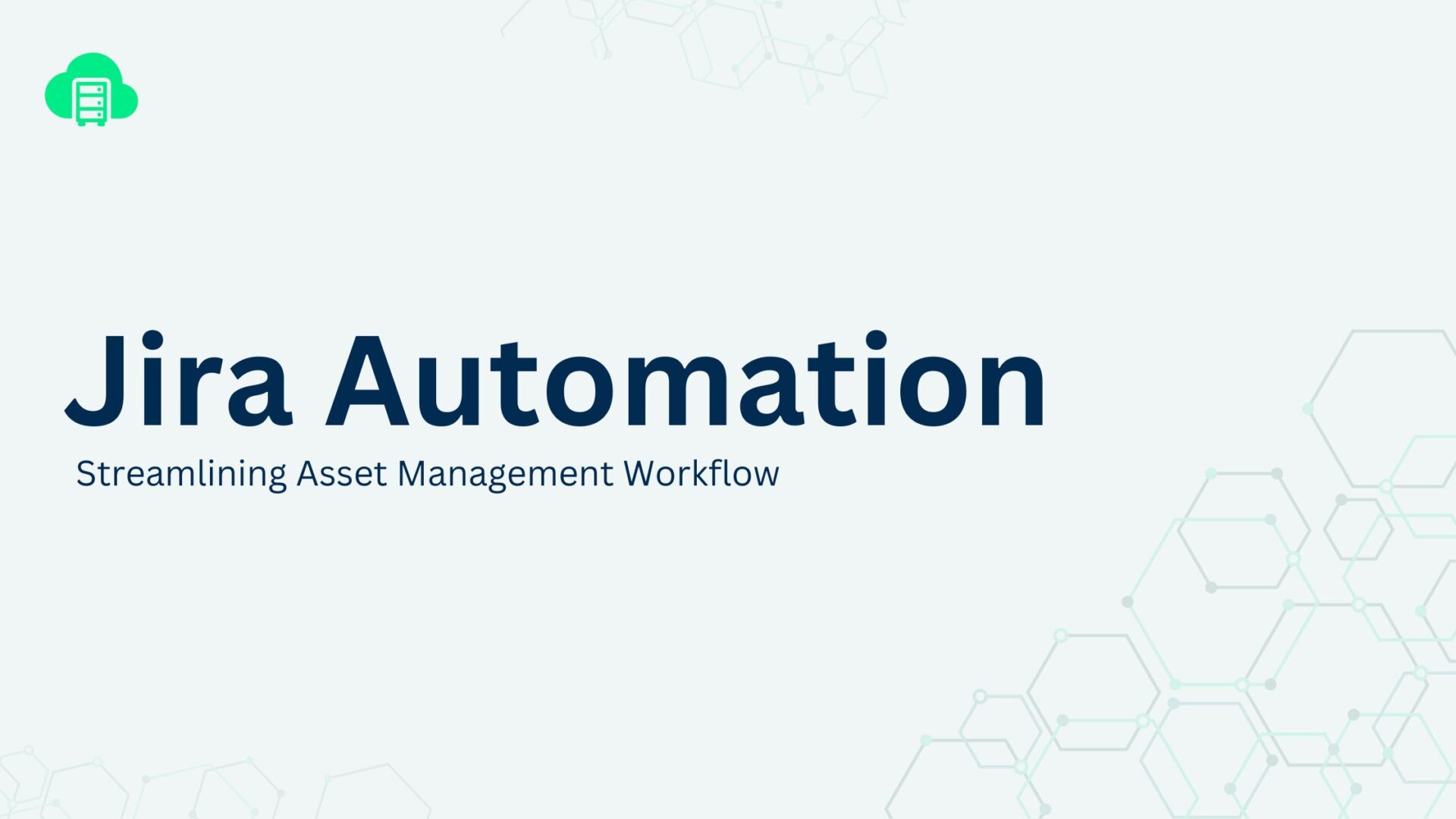
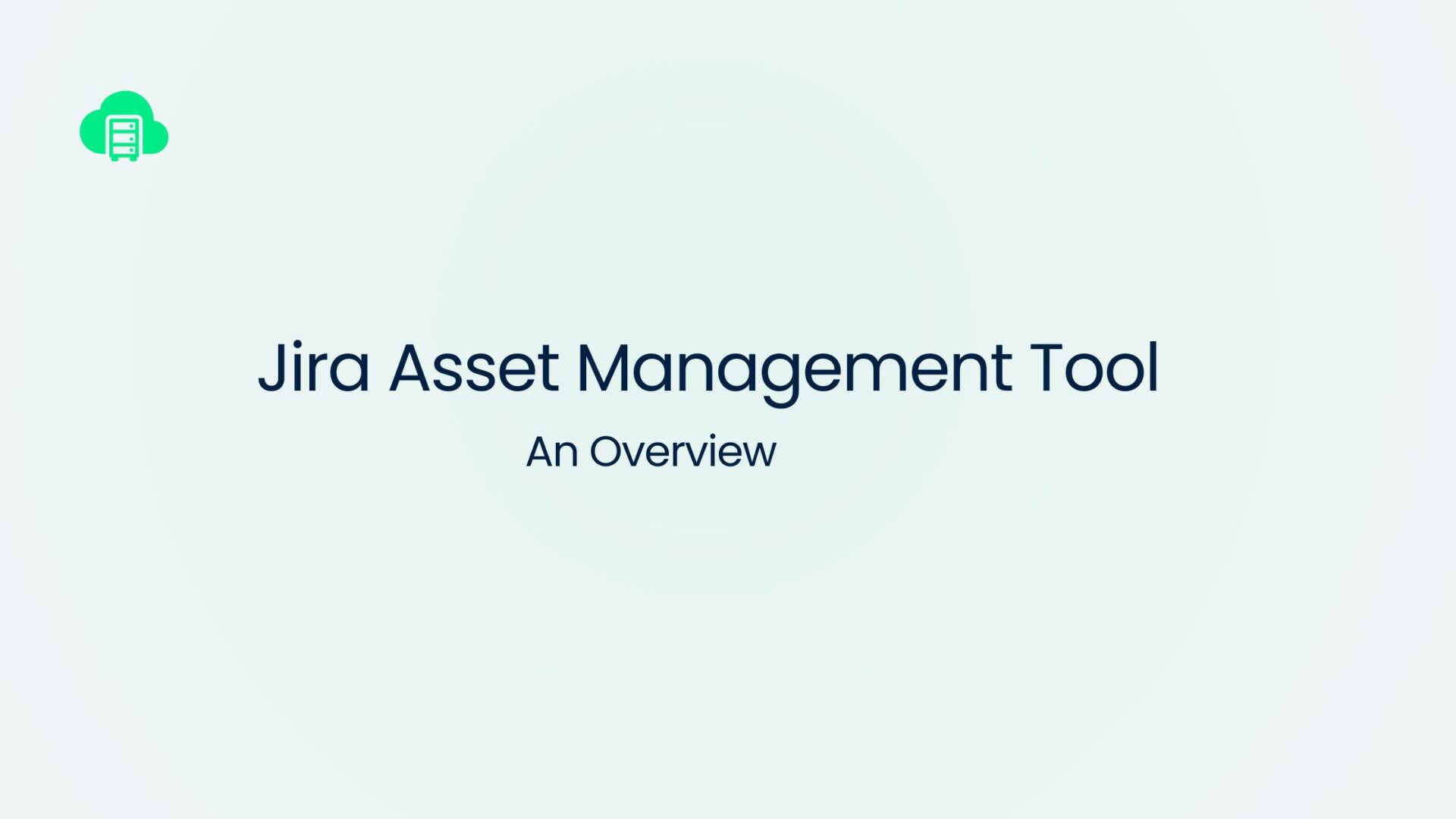

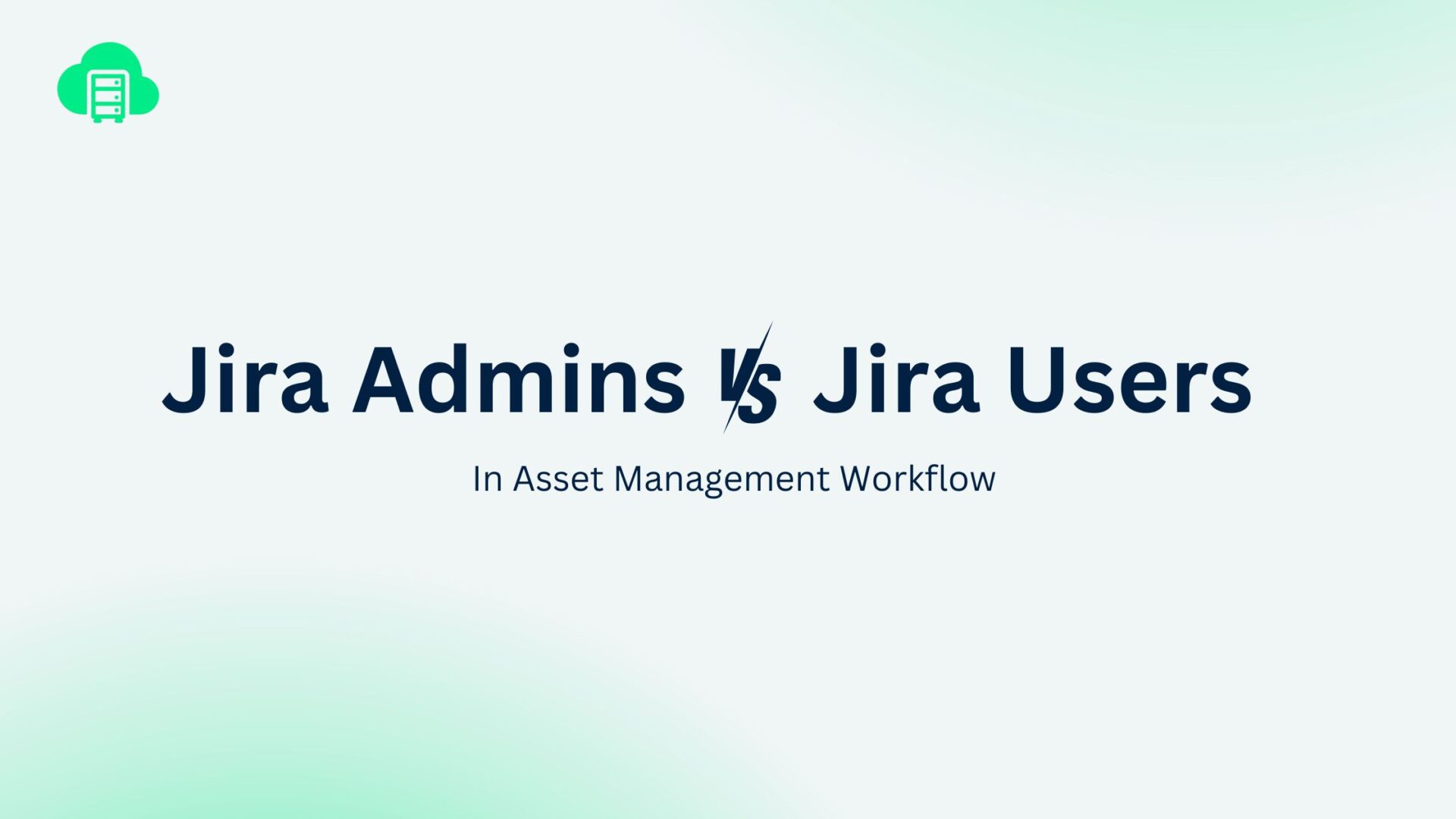
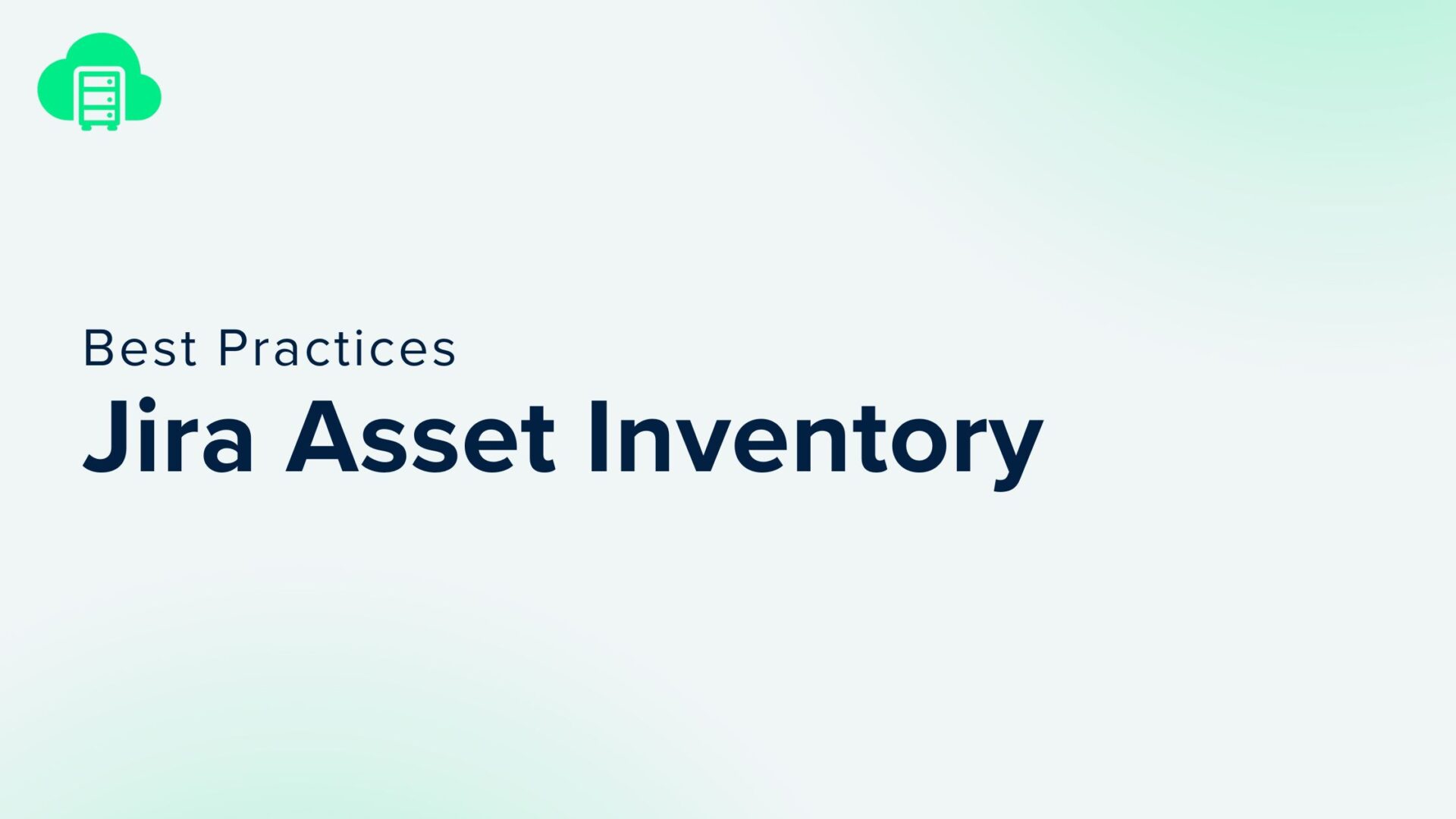
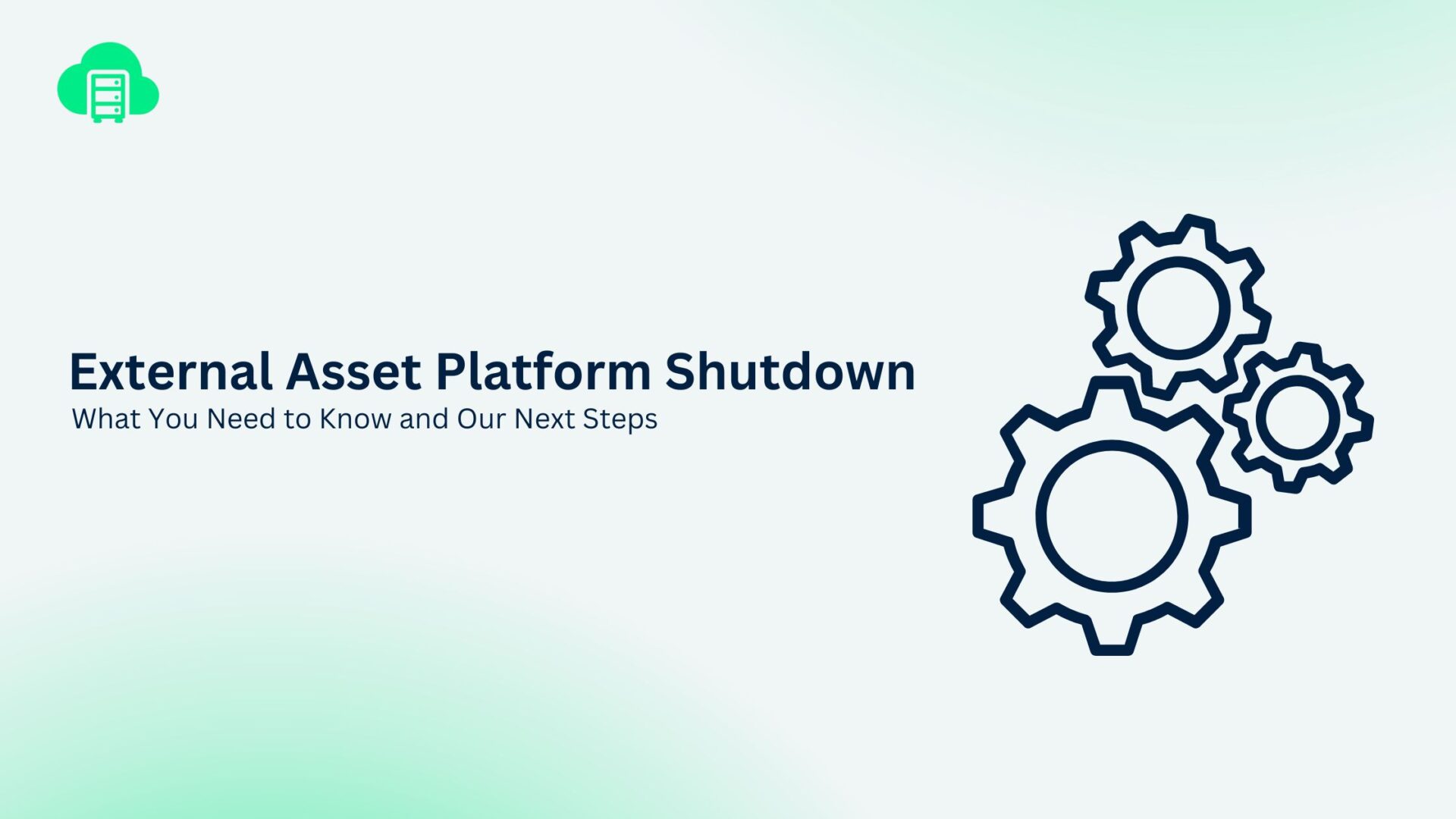
Recent Comments